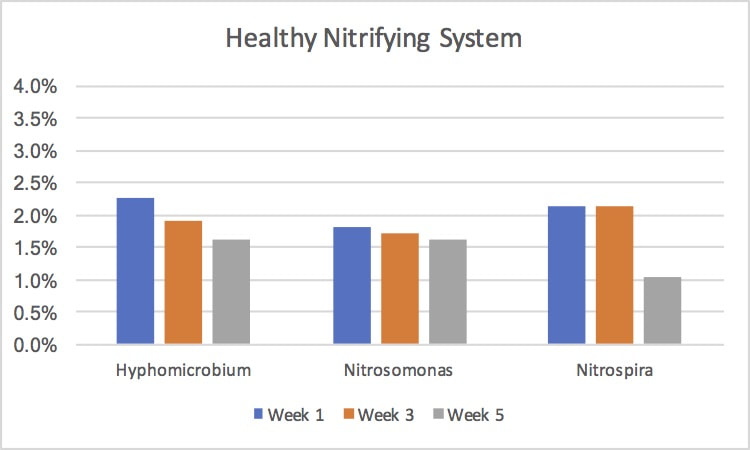MLSS - is the biological and inorganic solids dried at 105 Deg C. So we just remove the water from the solids.
MLVSS - we take the dried sample from MLSS testing and put in a high temperature furnace 550 Deg C. This removes the volatile portion of the MLSS, which is all of the biological portion - cells, EPS, insoluble organics, etc. Leaving the inorganic fraction. so MLSS - Residual after 550 Deg C = MLVSS.
In all cases MLSS > MLVSS.
For WW, I work with plants that use MLSS, MLVSS, or both. Just use the same test for operation decisions and don't get into data paralysis.





 RSS Feed
RSS Feed